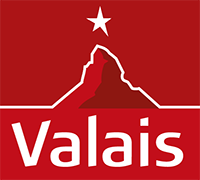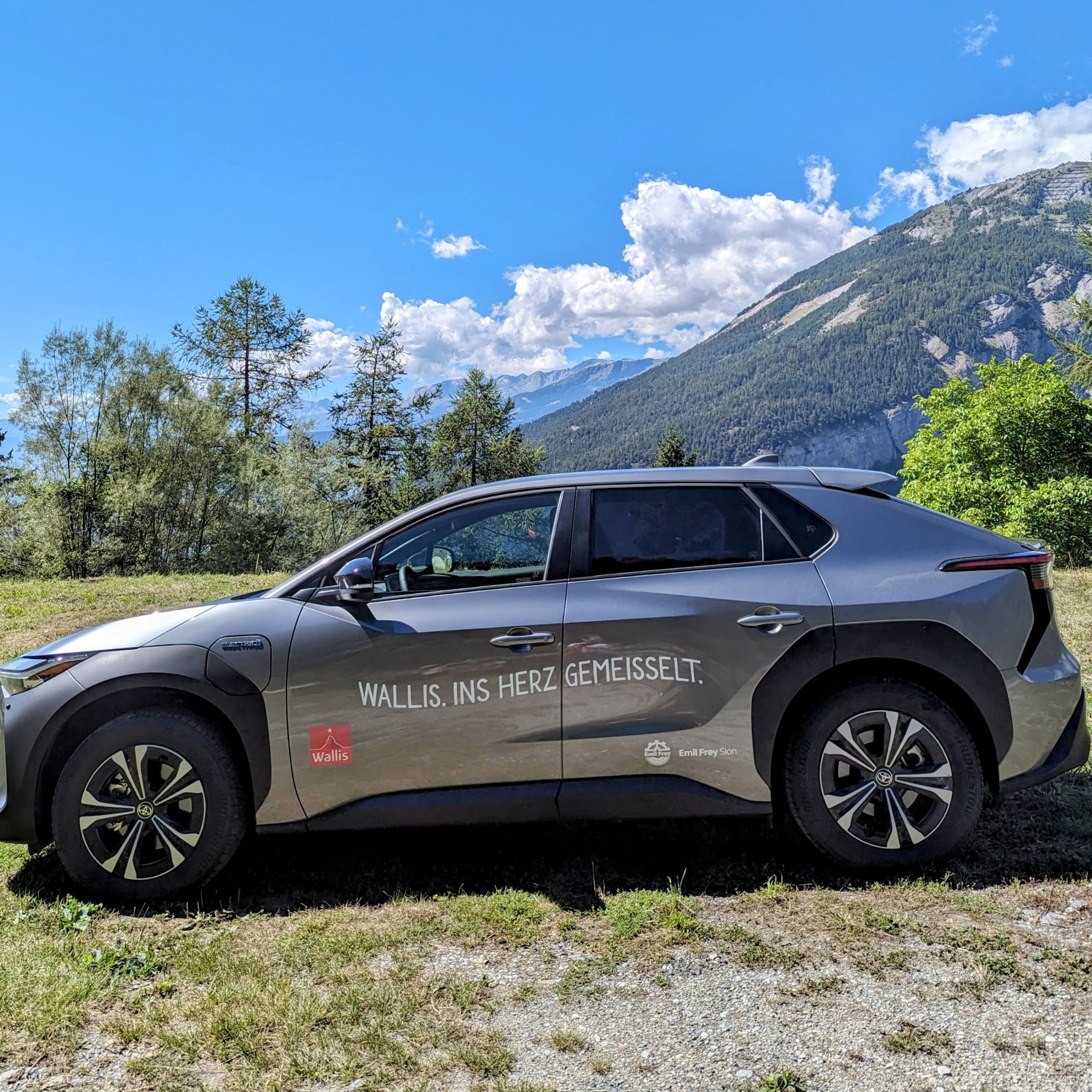Arrival by car

The main thoroughfare is Highway A9, which runs to Sierre in Valais.
Valais can generally be reached from the north by way of Bern through Lötschberg (car shuttle train), from the east via Furka Pass and from the south via Simplon Pass. The Furka and Simplon passes offer the possibility to take the car shuttle train all year round. From Western Switzerland by way of Lausanne, along the Rhône Valley into the heart of Valais.
Tickets for the BLS Lötschberg Car Transport service can be purchased from the comfort of your own home. The transport ticket (either in printed form or stored on your smartphone) is scanned at the self-service lane machine. This saves you from having to queue at the counter and makes it even quicker to pass through the car transport stations in Kandersteg or Goppenstein. Furthermore, online tickets are offered at a lower price than those purchased on site – yet another reason to buy tickets for your car train journeys online. Sit back, relax and enjoy the 15-minute journey through the Lötschberg tunnel, avoiding stressful traffic jams in the process. The car trains run at least every 30 minutes during the day, and even more frequently during busy periods.
Alpine passes open throughout the year
Col de la Forclaz
Pas de Morgins
Col du Simplon
Grand St-Bernard tunnel
Alpine passes open only in summer
Alpine Pass of Grimsel
Alpine Pass of Furka
Alpine Pass of Nufenen
Pass of Grand St-Bernard
Important note: Closure of the Vispertaltunnel
Because of construction work on the Visp southern bypass, the Vispertaltunnel remains closed to all traffic until mid-2025. Travellers heading towards Stalden, Saas and Zermatt are requested to follow the diversion via Visp. In order to reduce the risk of congestion, corresponding measures have been put in place.


